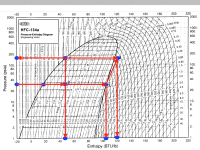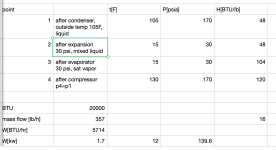I spoke to Peter this morning on the phone. Sharing with his permission. At the moment they are in the process of redeveloping and improving the SofieLite model. He expected to have more updates in about 2-3 weeks so if anyone is interested reach out to him and I'm sure he can add you to the update list. He mentioned the following specs but they may be subject to change during the remodel.
https://www.peterschiffaero.com/
Thanks for the extra info. I remembered the fact that the A/C unit was operator-adjustable by AMP load. Keeping an eye on this one....






